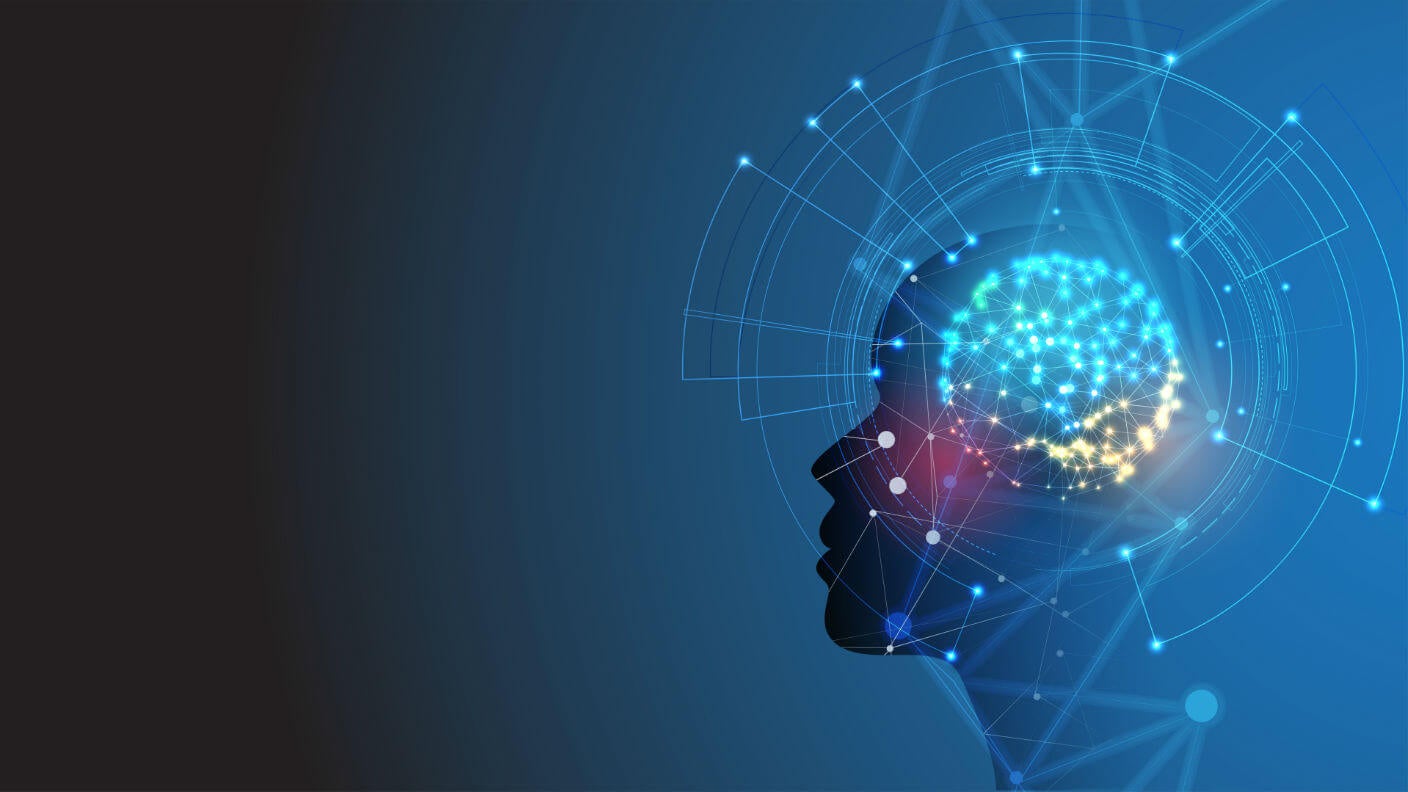
The Role of Simple Semantics in the Process of Artificial Grammar Learning
Sign Up to like & getrecommendations! Published in 2017 at "Journal of Psycholinguistic Research"
DOI: 10.1007/s10936-017-9494-y
Abstract: This study investigated the effect of semantic information on artificial grammar learning (AGL). Recursive grammars of different complexity levels (regular language, mirror language, copy language) were investigated in a series of AGL experiments. In the… read more here.
Keywords: artificial grammar; semantic information; grammar; grammar learning ... See more keywords

Do songbirds hear songs syllable by syllable?
Sign Up to like & getrecommendations! Published in 2020 at "Behavioural Processes"
DOI: 10.1016/j.beproc.2020.104089
Abstract: Songbirds as vocal learners have been one of the most popular model species to investigate the biological prerequisite to human language. Their songs consist of syllables, which appear as pulse trains in sound spectrograms. When… read more here.
Keywords: artificial grammar; hear songs; learning studies; songs syllable ... See more keywords

The P600 in Implicit Artificial Grammar Learning
Sign Up to like & getrecommendations! Published in 2017 at "Cognitive science"
DOI: 10.1111/cogs.12343
Abstract: The suitability of the artificial grammar learning (AGL) paradigm to capture relevant aspects of the acquisition of linguistic structures has been empirically tested in a number of EEG studies. Some have shown a syntax-related P600… read more here.
Keywords: artificial grammar; classification; p600; syntax ... See more keywords

Non‐adjacent Dependency Learning in Humans and Other Animals
Sign Up to like & getrecommendations! Published in 2020 at "Topics in Cognitive Science"
DOI: 10.1111/tops.12381
Abstract: Abstract Learning and processing natural language requires the ability to track syntactic relationships between words and phrases in a sentence, which are often separated by intervening material. These nonadjacent dependencies can be studied using artificial… read more here.
Keywords: artificial grammar; nonadjacent dependencies; non adjacent; language ... See more keywords

Are Human Learners Capable of Learning Arbitrary Language Structures
Sign Up to like & getrecommendations! Published in 2023 at "Brain Sciences"
DOI: 10.3390/brainsci13020181
Abstract: The artificial grammar learning paradigm is a classic method of investigating the influence of universal constraints on shaping learning biases on language acquisition. While this method has been used extensively by linguists to test theoretical… read more here.
Keywords: grammar; artificial grammar; grammar learning; language ... See more keywords